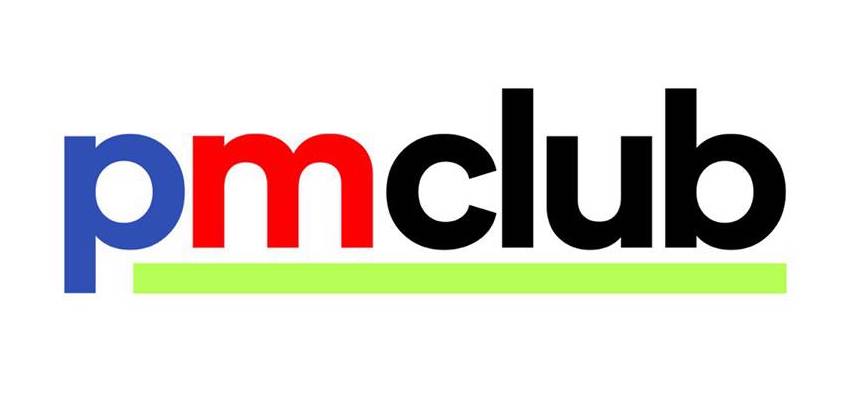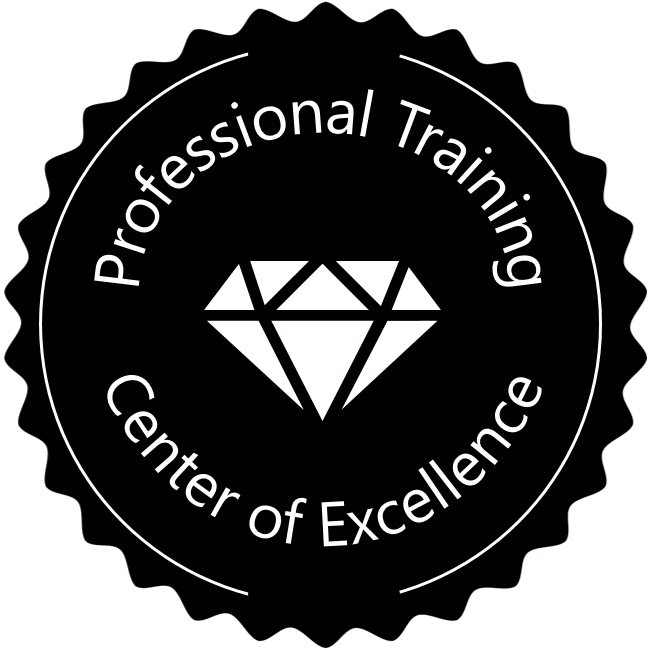01. Let’s start a new project
What is the PMP certification?
PMP (Project Management Professional) is a generic project management certification from PMI (Project Management Institute). A large part of the exam, but not all of it, is based on the PMBOK® Guide (A guide to the project management body of knowledge).
PMP is probably the best-known project management certification.
What are the topics in the exam?
The PMBOK Guide is an attempt to cover all types of management activity needed in projects. It goes through those needed for starting up, planning, executing, monitoring and controlling, and closing the project. From a different perspective, it covers various domains, such as time management, cost management, and risk management.
Following the path of the PMBOK Guide, the PMP exam covers the whole scope of project management activities as well. You need to have enough understanding of each aspect to succeed in the exam.
Organizations behind the PMP certification
First, is PMI: A non-for-profit organization that develops and owns the PMBOK Guide. Then there’s the examination institute, which is Pearson VUE at the moment (it used to be Prometric). Contrary to most other certification programs, the exam is not available online, and you have to buy it directly from PMI, rather than training organizations.
The last party involved in this certification program is the R.E.P.s which provide standard training.
Prerequisites of the PMP exam
You need to have 4,500 hours (with a bachelor’s degree) or 7,500 hours (without a bachelor’s degree) of experience in leading and directing projects, plus 35 hours of standard training before taking the exam.
The required experience doesn’t have to be as the project manager role, but has to do with project management and working with teams.
The standard training can be satisfied with suitable eLearning courses or classroom courses. It’s not mandatory, but PMI recommends taking the course with a Registered Education Provider (R.E.P.) of PMI, such as us; that would make the application process easier.
PMP vs PRINCE2®
Some people think that PRINCE2 and PMBOK Guide are competitors, but this is not the case, because these two have very different natures. PRINCE2 is a methodology, meaning that it gives you a step by step approach to the project. The PMBOK Guide, on the other hand, is not a methodology and is focused on telling you how to do [what you know you need to do] to make it more effective.
Because of their natures, both are useful to projects, and you can benefit from learning them both. It’s easier and more practical to learn PRINCE2 before the PMBOK Guide.
PMP vs Agile
PMI considers the PMBOK Guide neutral about the development approach and applicable to Agile projects as well. In fact, they have added some information about Agile to the recent two versions of the guide. Regardless, the PMBOK Guide has been primarily designed to support predictive, plan-driven projects and may not be as useful to Agile projects as it is to predictive ones.
Is it the right program for me?
If you’re new to structured project management methods, it would be a good idea to start with PRINCE2 Foundation and then proceed with PMP, because PRINCE2 is a step by step guide to running projects and it’s easier to understand and practice. After that, the PMBOK Guide can help you make your activities more effective. Furthermore, preparing for and passing the PRINCE2 exam is easier and less expensive than PMP.
If you’re working in Agile projects and want to widen your knowledge, the AgilePM certification might be more relevant to you.
How can I learn more about PMP before making my decision?
You can start taking our eLearning course and see if the topic is interesting to you. The first 30% of the course is free.
This PMP exam preparation eLearning course
We are a Registered Education Provider (R.E.P.) of PMI, and our eLearning course is aligned with the latest version of the PMBOK Guide.
Normal classroom courses for the PMP exam are 5 days, but we had the opportunity to go deeper and make it easier for the learners by building a longer course: Our eLearning course is equivalent to a 7-day classroom course.
The course consists of 95 lessons. In short, the course provides everything you need to learn the topic and prepare for the exam. The first 30% of the course is free, and you can take it and see if it meets your needs before finalizing your decision.
Besides the lessons, there are Integrated Flashcards throughout the course, and an exam simulator with more than 1000 questions. In short, the course provides everything you need to learn the topic and prepare for the exam. The first 30% of the course is free, and you can take it and see if it meets your needs before finalizing your decision.
The course is divided into the following sections:
- The big picture: In this section, we go through the whole scope of the PMBOK Guide without any details, to build a high-level understanding. You can use this overall understanding as a foundation for the next sections.
- Process groups: In this section, we go through the whole content from a different angle and add more details.
- Knowledge areas: When you reach this section, you already have a good understanding of the PMBOK Guide and you’re ready to go through it one more time, and learn all the details.
- PMBOK Guide in Agile projects: There has been some additional content about Agile projects in the recent two versions of the PMBOK Guide, but they are isolated and sometimes confusing. That’s why we’ve removed them from the rest of the course and added this comprehensive section to tell you what Agile really is, and then to see how the PMBOK Guide can be applicable to Agile projects.
- Closing: this last section is about final preparations for the exam.
Here’s the complete list of lessons:
- The Big Picture
- 01. Let’s start a new project
- 02. Why?
- 03. Who?
- 04. What?
- 05. How and When?
- 06. All the Money in the World
- 07. Let’s Talk!
- 08. Roadmap
- 09. What about Changes?
- 10. The Tenth Domain
- Process Groups
- 11. Introduction to Process Groups
- 12. Initiating Process Group
- 13. Planning Process Group: The Rules of the Game
- 14. Planning Process Group: Other Plans
- 15. Monitoring and Controlling Process Group
- 16. Executing Process Group
- 17. Closing Process Group
- Knowledge Areas
- 18. Introduction to Processes
- 19. Scope Management
- 20. Collect Requirements
- 21. Define Scope
- 22. Create WBS
- 23. Control Scope
- 24. Validate Scope
- 25. Plan Scope Management
- 26. Schedule Management
- 27. Define Activities
- 28. Sequence Activities
- 29. Estimate Activity Durations
- 30. Develop Schedule
- 31. Control Schedule
- 32. Plan Schedule Management
- 33. Cost Management
- 34. Estimate Costs
- 35. Determine Budget
- 36. Control Costs
- 37. Plan Cost Management
- 38. Quality Management
- 39. Control Quality
- 40. Manage Quality
- 41. Plan Quality Management
- 42. Resource Management
- 43. Estimate Activity Resources
- 44. Acquire Resources
- 45. Develop Team
- 46. Manage Team
- 47. Control Resources
- 48. Plan Resource Management
- 49. Communications Management
- 50. Plan Communications Management
- 51. Manage Communications
- 52. Monitor Communications
- 53. Risk Management
- 54. Identify Risks
- 55. Perform Qualitative Risk Analysis
- 56. Perform Quantitative Risk Analysis
- 57. Plan Risk Responses
- 58. Implement Risk Responses
- 59. Monitor Risks
- 60. Plan Risk Management
- 61. Procurement Management
- 62. Plan Procurement Management
- 63. Conduct Procurements
- 64. Control Procurements
- 65. Stakeholder Management
- 66. Identify Stakeholders
- 67. Plan Stakeholder Engagement
- 68. Manage Stakeholder Engagement
- 69. Monitor Stakeholder Engagement
- 70. Integration Management
- 71. Develop Project Charter
- 72. Develop Project Management Plan
- 73. Direct and Manage Project Work
- 74. Manage Project Knowledge
- 75. Monitor and Control Project Work
- 76. Perform Integrated Change Control
- 77. Close Project or Phase
- Agile
- 78. Development Approach
- 79. Development Processes
- 80. Adaptive vs. Predictive
- 81. Scrum
- 82. Process Groups in Agile Projects
- Knowledge Areas in Agile Projects
- 83. Scope Management in Agile Projects
- 84. Schedule Management in Agile Projects
- 85. Cost Management in Agile Projects
- 86. Quality Management in Agile Projects
- 87. Resource Management in Agile Projects
- 88. Communication Management in Agile Projects
- 89. Risk Management in Agile Projects
- 90. Procurement Management in Agile Projects
- 91. Stakeholder Management in Agile Projects
- 92. Integration Management in Agile Projects
- Misc
- 93. Professional and Social Responsibility
- 94. History of PMI and the PMBOK® Guide
- 95. The Exam!
Welcome to the course!
This is the first section of this course, in which we’re going to have a quick overview of the whole PMBOK Guide. We’ll return to these topics in the following sections to add more detail. For now, don’t worry about the details and just try to understand the big picture.
Who’s your trainer?
Nader K. Rad has about 20 years of experience in construction, process plant, and IT projects. He’s an expert in the history, evolution, and nature of methodologies and their practical consequences, as well as the techniques and practices that accompany them.
He has been an official reviewer of PRINCE2® 2017, and PRINCE2 Agile®, and lead author of P3.express, and NUPP. He's also selected as one of the 12 core team members for developing the next version of the PMBOK Guide, version 7.
Nader is focused on helping project leaders improve their systems and get better results through coaching and training, with a focus on critical thinking and practical knowledge. He has designed many project management courses, prepared multiple e-learning courses, and written more than 40 books.
You can continue with the lessons by clicking on the “Next” button above, or you can sign up now, to make sure your progress is saved, and to be able to buy/activate your course:

